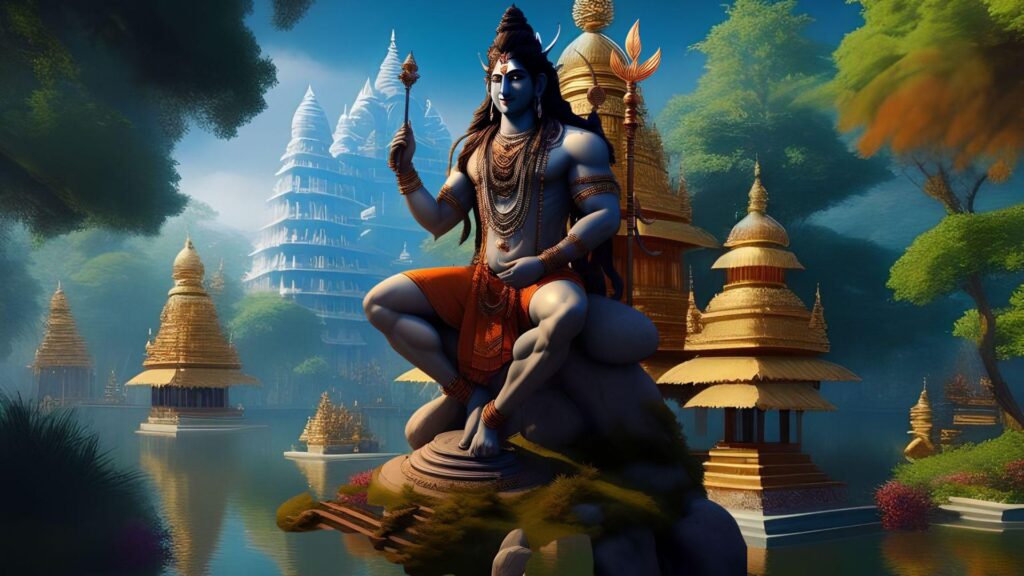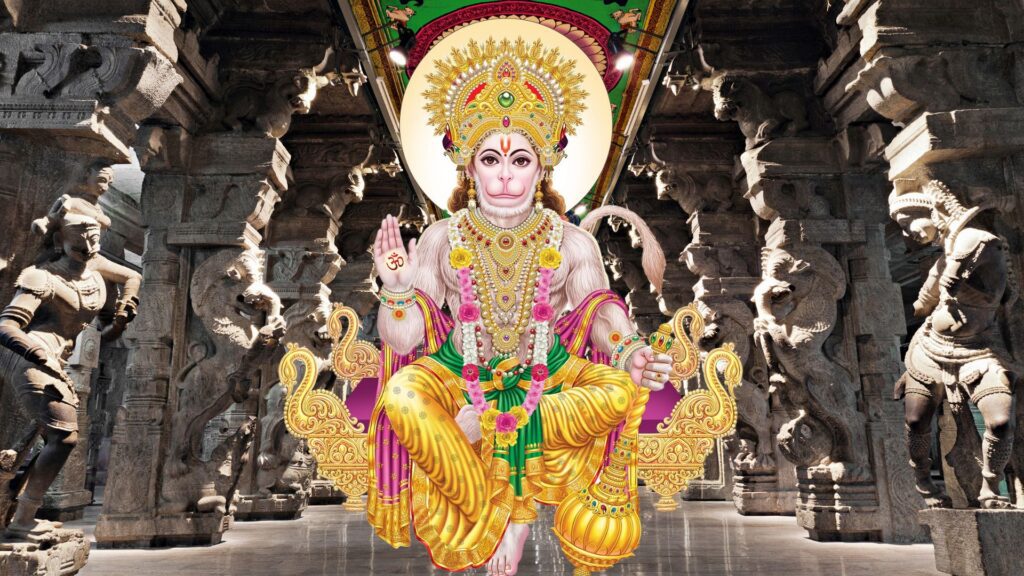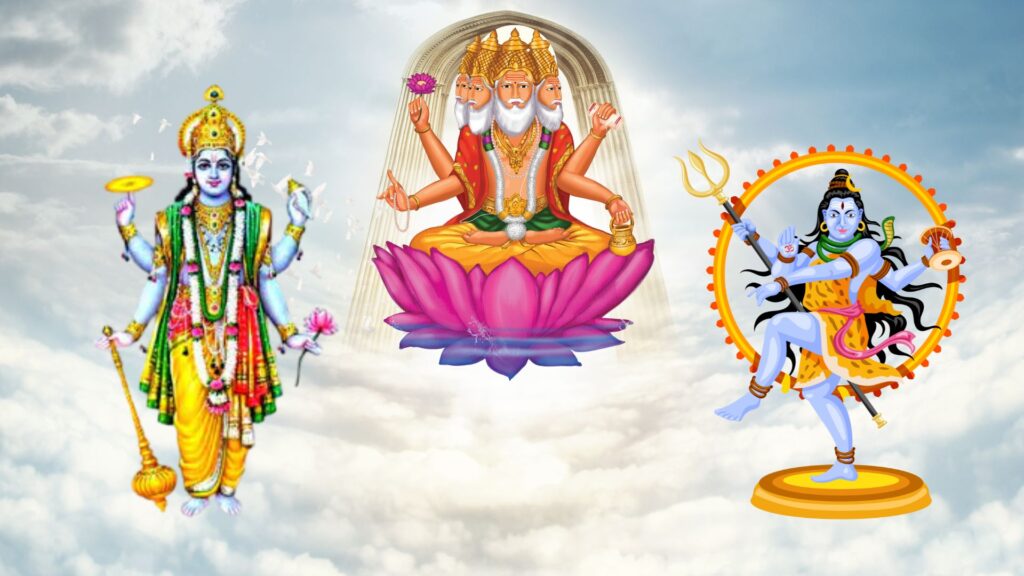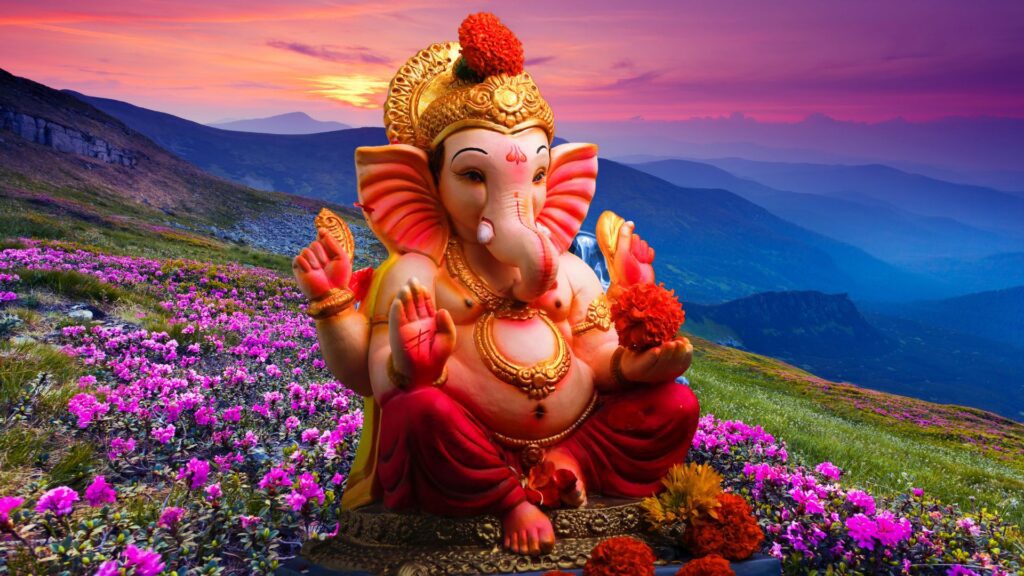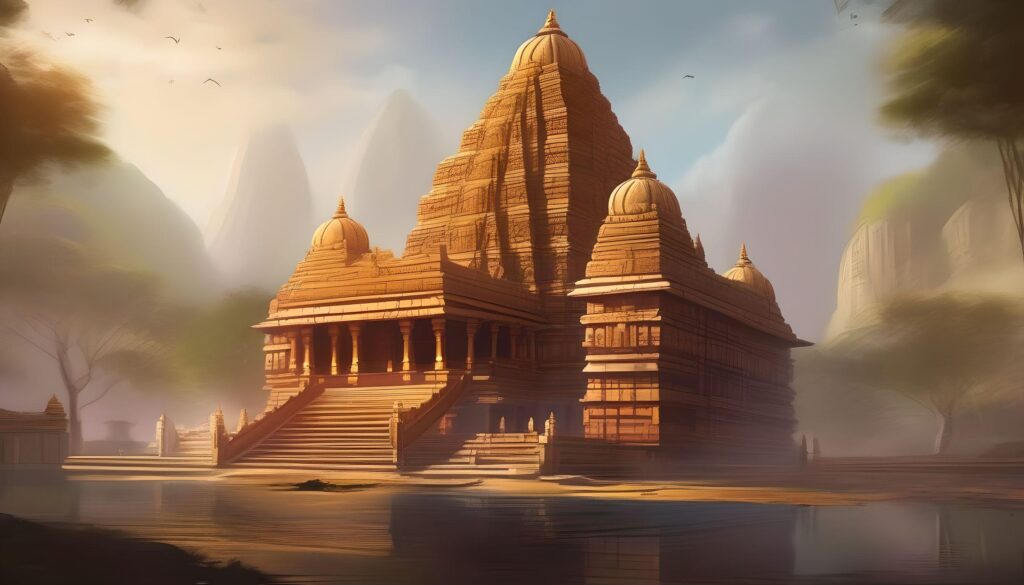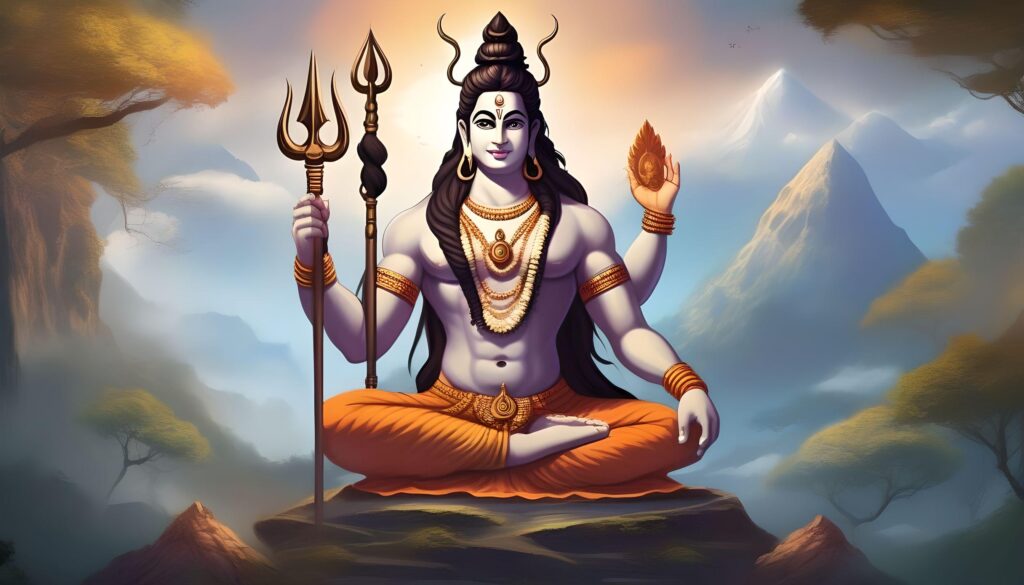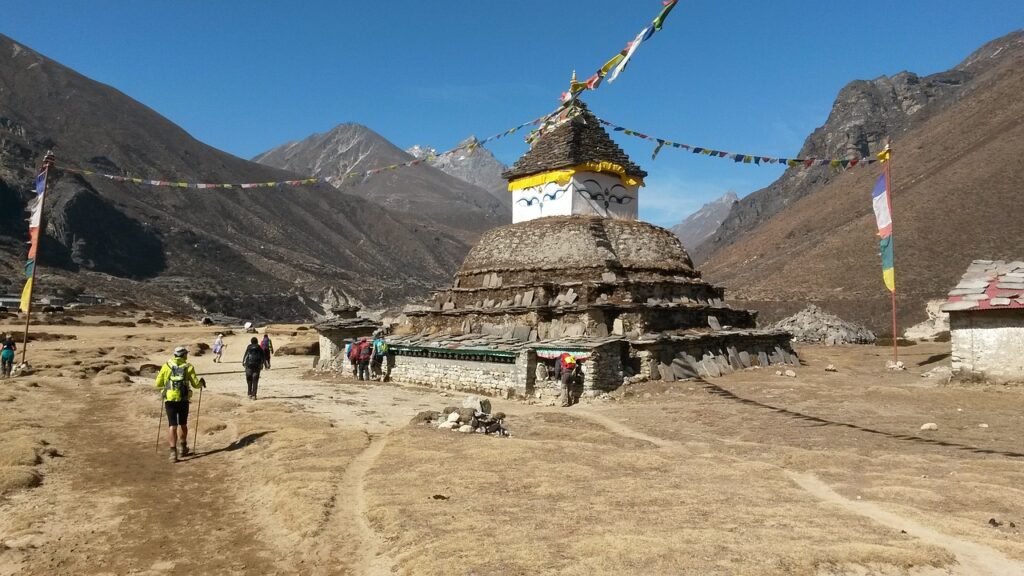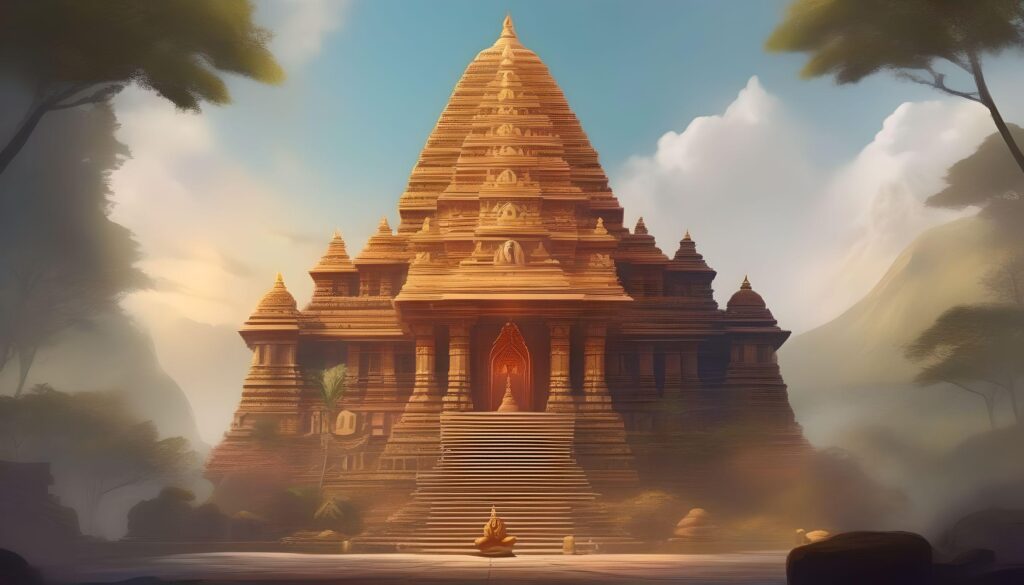10 Powerful Forms of Lord Shiva
The Shaivism tradition venerates ten potent manifestations of Lord Shiva (Mahadev), one of the principal deities in Hinduism, as the Supreme Being. Lord Shiva, comprising the Trimurti alongside Brahma and Vishnu, is renowned for his role as the “destroyer and transformer” of the cosmos. The Shaiva faith posits that Lord Shiva is responsible for the creation, protection, and eventual metamorphosis of the cosmos. An intriguing facet concerning Lord Shiva is the sixty-four distinct forms or avatars that serve as manifestations of his divine essence. This article shall examine ten distinct forms, each symbolizing an elemental facet of the divine essence of Lord Shiva.
1. Linga Murthy – The Formless Representation -Form 1
The Linga Murthy, the initial avatar on our roster, symbolizes the omnipotent facet of Lord Shiva. The linga, a sacrosanct emblem, symbolizes the potency and cosmic energy inherent in the act of creation. In this manifestation, Lord Shiva surpasses corporeal characteristics and embodies the supreme truth of the cosmos. The Linga Murthy serves as a poignant symbol of Lord Shiva’s eternal and boundless essence. The Linga of Shiva is a revered deity in India.
2. Lingodbhava Murthy – Emergence from the Formless
Lord Shiva manifests himself in the Lingodbhava Murthy, his second form, from which he emanates. This avatar serves as a physical representation of the manifestation of Lord Shiva. It represents the instant when the divine energy materializes and becomes readily available to those who follow it. The Lingodbhava Murthy symbolizes Lord Shiva’s magnanimity and his eagerness to establish a rapport with his devotees.
3. Mukhalingam – The Five-Faced Form
The subsequent item on our itinerary is the Mukhalingam, which portrays Lord Shiva with a reticule. Every individual visage symbolizes a distinct facet of his divine might and qualities. Creation, preservation, destruction, illusion, and liberation are all represented by the five faces. The Mukhalingam avatar exemplifies the omnipotent essence of Lord Shiva and his capacity to assume diverse celestial personas.
4. Sada Shiva Murthy – The Secondary Form
Lord Shiva assumes the Sada Shiva Murthy, a secondary incarnation featuring five faces, in his fourth guise. This particular persona symbolizes the beneficent essence of Lord Shiva and his function as the dispenser of favors. Frequently portrayed in a serene and benevolent demeanor, the Sada Shiva Murthy emanates divine benevolence and affection towards his devotees.
5. Maha Sada Shiva Murthy – The Twenty-Five Faced Form
With twenty-five features, the Maha Sada Shiva Murthy is an awe-inspiring manifestation of Lord Shiva. This avatar symbolizes the primordial energy and boundless power of Lord Shiva. The Maha Sada Shiva Murthy, composed of individual faces representing distinct divine attributes, serves as a magnificent representation of the profound variety and expansiveness that characterize Lord Shiva’s divine essence.
6. Umamaheshvara Murthy – The Divine Union
Lord Shiva is portrayed in the Umamaheshvara Murthy avatar in the company of his consort, Goddess Uma (Devi Parvati). This architectural configuration personifies the celestial union of Goddess Uma and Lord Shiva, embodying the inseparable facets of the universe’s masculine and feminine energies. Assigning the Umamaheshvara Murthy to the divine domain serves as an embodiment of equilibrium and harmony.
7. Sukasana Murthy – The Pleasant Form
The Sukasana Murthy avatar exemplifies the serene and amicable disposition of Lord Shiva. This particular manifestation of Lord Shiva is portrayed seated in a relaxed position, exuding an aura of serenity and satisfaction. The Sukasana Murthy symbolizes the attainment of an interior state of tranquility and euphoria via meditation and devotion to Lord Shiva.
8. Umesha Murthy – The Bestower of Boons
The Umesha Murthy avatar portrays Lord Shiva in the company of Goddess Uma, with his hand in a Varadana pose, which symbolizes bestowing favors and good fortune upon his devotees. This manifestation of Lord Shiva symbolizes his function as the bestower of divine favor and the granter of desires. By seeking the blessings of Umesha Murthy, devotees are able to achieve their objectives and surmount life’s challenges.
9. Somaskandha Murthy – The Divine Family
The Somaskandha Murthy avatar represents a divine family consisting of Lord Shiva, Goddess Uma, and their son, Lord Skanda (alternatively referred to as Lord Murugan or Kartikeya). This form symbolizes the collective responsibility of the divine trinity in the creation and preservation of the cosmos, as well as their unity and harmony. It is said that the Somaskandha Murthy embodies family values and divine love.
10. Vrishabhantika Murthy – The Lord with His Bull
The Vrishabhantika Murthy portrays Lord Shiva accompanied by the Nandi bull, his loyal mount. This celestial form represents the profound bond between Lord Shiva and Nandi, who acts as his devoted vessel and guardian. Dishinos strive to instill in the Vrishabhantika Murthy the fortitude, fidelity, and constancy of devotion that constitute the essence of their rapport with Lord Shiva.
Conclusion
For millions of devotees, these ten manifestations of Lord Shiva symbolize the multifaceted nature of the divine and serve as an inspiration and source of devotion.
Every avatar of Lord Shiva represents a distinct facet of his divine qualities, highlighting his position as the universe’s creator, protector, and transformer. Devotees embark on a journey of spiritual enlightenment by establishing a connection with the supreme consciousness through meditation on these forms. Every manifestation, from the ethereal Linga Murthy to the formidable Bhairav Murthy, personifies the inexhaustible might and magnificence of Lord Shiva. Embracing the diversity and symbolism of these forms can deepen our understanding and reverence for Lord Shiva, leading us on a path of spiritual growth and inner transformation.
Moreover, it is hypothesized that Lord Shiva has existed in a total of 64 manifestations! This subject will be further examined in the forthcoming articles.
#srichants #shiva #lordshiva #mahadev #neelkanth #hindusim #hindumythology
